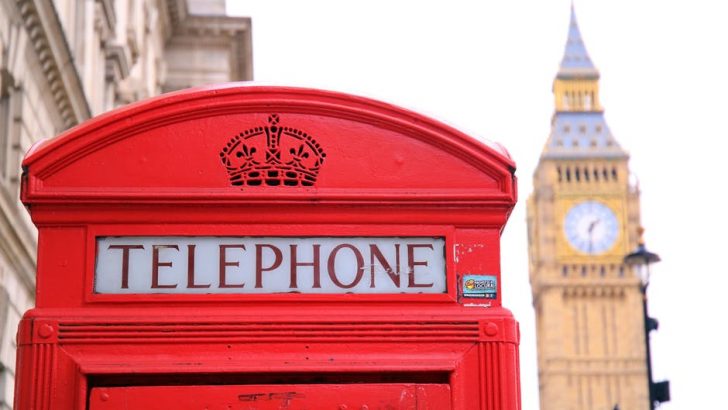Shane O’Neill
by Ciaran Brady (Irish Historical Association/UCD Press, €17.00)
This is an account of a complex character who lived in a period when the fortunes of the leaders of Irish Clans could change frequently and sometimes with dire consequences.
Shane O’Neill was born into the O’Neill Clan c. 1530. The O’Neills at that time presided over a territory which extended across the present-day counties Derry, Tyrone and Armagh. By dint of good fortune and ruthlessness Shane managed to establish himself as leader of the clan and eventually to be recognised in London as Lord Tyrone.
Thereafter, to protect his patrimony, he was almost constantly engaged in skirmishing with other clan leaders on the borders of his territory. These included the leaders of the O’Doherty and the Sweeney Clans in Tír Conaill and clan leaders in Breifne.
At that time disharmony within and between the Irish clans was played out against the background of the determination of the English Crown to deepen its grip on Ireland. This it set out to do with the co-operation and fealty of the Irish clans.
Thus there were frequent negotiations between clan leaders and the crown. To this end Shane O’Neill visited London in 1562 and he was granted an audience with the queen. On his return home, however, he reneged on the terms of his submission to Queen Elizabeth.
Expedition
An expedition was dispatched from London to force his submission. O’Neill had previously defeated a number of such interventions, but having alienated the other Irish clans he was left isolated and vulnerable and was easily defeated. He was subsequently killed on June 2, 1567 by the Scottish MacDonnells in Co. Antrim.
The portrait of Shane O’Neill transmitted to posterity was drafted by his British adversaries. He was portrayed as a quick-tempered, lecherous-drunkard, whose nick-name was “Seághan an Diomais”, Shane the Vain.
In this second revised edition the meticulous Prof. Ciaran Brady, basing himself on detailed research in the primary sources for a clear view of opinion among the Irish, proposes a more benign assessment of Shane.
He argues that his demonised, legendary, traditional portrait was largely due to the exigencies and imperatives of the politics of the period through which he had to live.
Like the other studies in this series, which is aimed at senior classes in school and undergraduates readers in college, as well as the general reader of history, the book has a very useful chronology of the life and times of its subject, as well as an excellent index – not always to be taken for granted these days.
Photo: Pexels


 Photo: Pexels
Photo: Pexels 